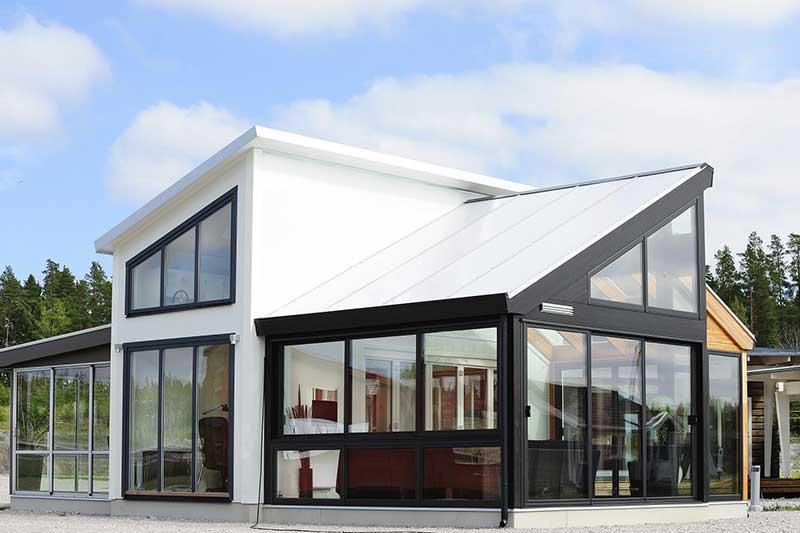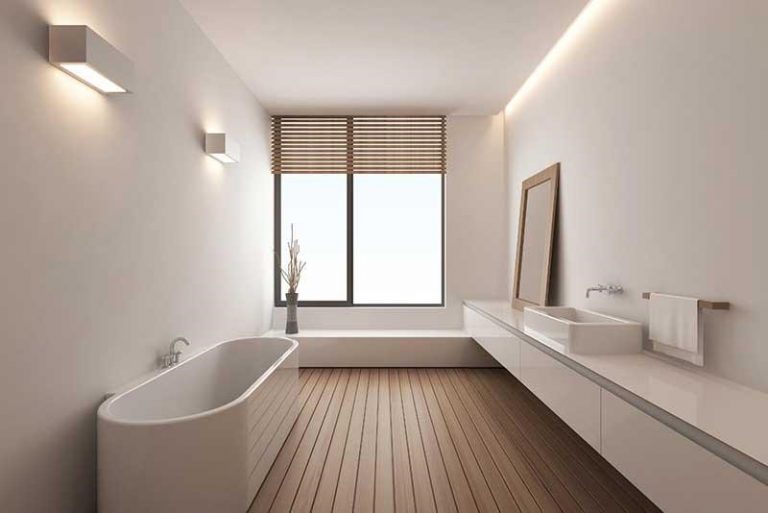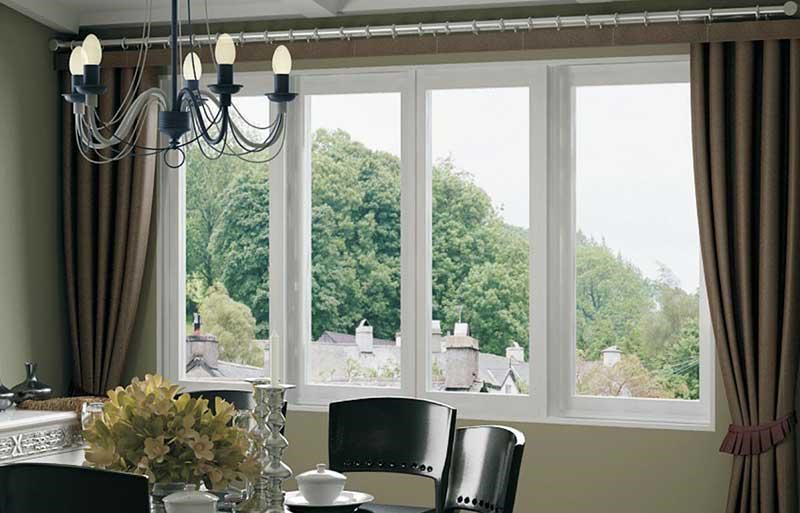Table of Contents
Usually, when we think about a building’s durability we think of the walls and pillars; the most resistant parts of the construction. However, there’s another element that we often overlook and it’s constantly exposed to pressure: Windows.
While it’s easy to overlook it, the effect of wind load on windows is more intense than most assume. If you’ve ever heard your windows rattle then that’s proof enough that there is a force at play in there. Today we’ll take a look at Wind Loads to understand how they affect windows, as well as to better prepare any building to deal with them. We might not see wind loads, but it’s vital to prepare for them.
What is a Wind Load?
Wind load is the term that we use to cover any sort of pressure or force that wind exerts on a building. In that sense, any breeze impacting a building can be considered a wind load. While this might sound harmless at first, the possible effects of a wind load wind loads are capable of causing serious damage to a structure.
Wind speeds vary considerably based on the region and even based on the height. Areas that experience tornados understand the power of wind firsthand, but there can be strong winds even without a hurricane in sight. On top of that as you go up on a building winds generally become stronger. As there are fewer obstacles around at high heights, winds can accelerate more.


Wind Loads are divided into three main categories based mostly on their direction:
Uplift Wind Load
This is an upwards wind force that mostly applies to specific parts of a building. When wind flows under the roof or canopies the shape causes this force to be applied upwards; causing the risk of tearing them apart.
Shear Wind Load
This is a lateral wind force and is the most common one. Shear Wind Loads are caused by the direct clash of wind and building and mostly cause cracks in the structure.
Lateral Wind Load
In short, a stronger counterpart to the Shear Wind Load. This category refers to winds so strong they bring the risk of overturning the entire structure.
What is the Importance Factor and what's its role on windows?
The Importance Factor of a window is a guideline that is used in construction to determine how resistant that structure should be to the outside conditions. As such various factors must be considered to define the Importance Factor of a window.
The importance factor for Wind, Snow, and Earthquakes are separate and this is where windows come into play. Based on the Wind Importance Factor it’s possible to determine the correct windows wind loads ratings required for a building. And this makes the Importance Factor a key value for any construction project.
What kind of risks do high winds pose to windows?
The possible effects of winds on windows and any other construction elements shouldn’t be underestimated. While regular wind speeds in traditional living areas shouldn’t be enough to affect the integrity of any windows; winds can grow stronger without any warning.
Before we brought up tornados to point out the real risk that wind brings to the table. But it’s not necessary to reach those levels of dangers for wind to affect or even break the windows in your building.
According to experts, winds of 47 mph are already able to cause light structural damage including cracking windows. While 47 mph might seem like a high number it’s not even halfway to a Hurricane category. The winds caused by distant tropical storms are fully capable of reaching those speeds.
While storm winds might not be a risk for everybody, wind speeds tend to increase the higher you are. And a powerful gust can be magnified on penthouses and any of the top floors of a building.
As such old windows and those that aren’t designed to resist wind loads can break apart or being cracking from daily use. We might not see it as clearly as water or fire, but wind is just as strong as any other force of nature.
How to choose windows with strong wind resistance?
If you want to protect your buildings with the proper windows then it’s important to look for impact-resistant windows. What you need to do is to pay close attention to the labels for every window pane available. The label should clearly state the certification and safety standards the window meets. If you don’t see the information you are looking for, it’s safe to assume that the windows aren’t designed for high winds.


During cooling seasons, external window shading is an excellent way to prevent unwanted solar heat gain from entering a conditioned space. If you are selecting windows for new construction or to replace existing windows, it’s important to choose the windows can make your home more comfortable and save you money on energy bills.
In Summary
While the force exerted by winds might be imperceptible to us, they aren’t for our windows. Wind Loads can cause very real damage to our windows or break them altogether, and strong winds can appear even if you don’t live in a region known for hurricanes.
Due to all of this, it’s vital to purchase the right kind of windows to ensure the integrity of our household or any other building we are involved with. With that in mind, we’d like to recommend LESSO’s selection of windows as a reliable option. Built to American standards these windows are more than ready to face any wind load that comes their way.
Recommend Reading


Which Type of Window is Better for Your Bathroom?
Table of Contents Choosing a window for your bathroom can be very difficult since you need to combine several considerations that at the first glance


What Should You Choose Between Sliding or Casement Window?
Windows come in various shapes, sizes, and forms and can be customized to your exact preference. However, deciding the right style and design can be








